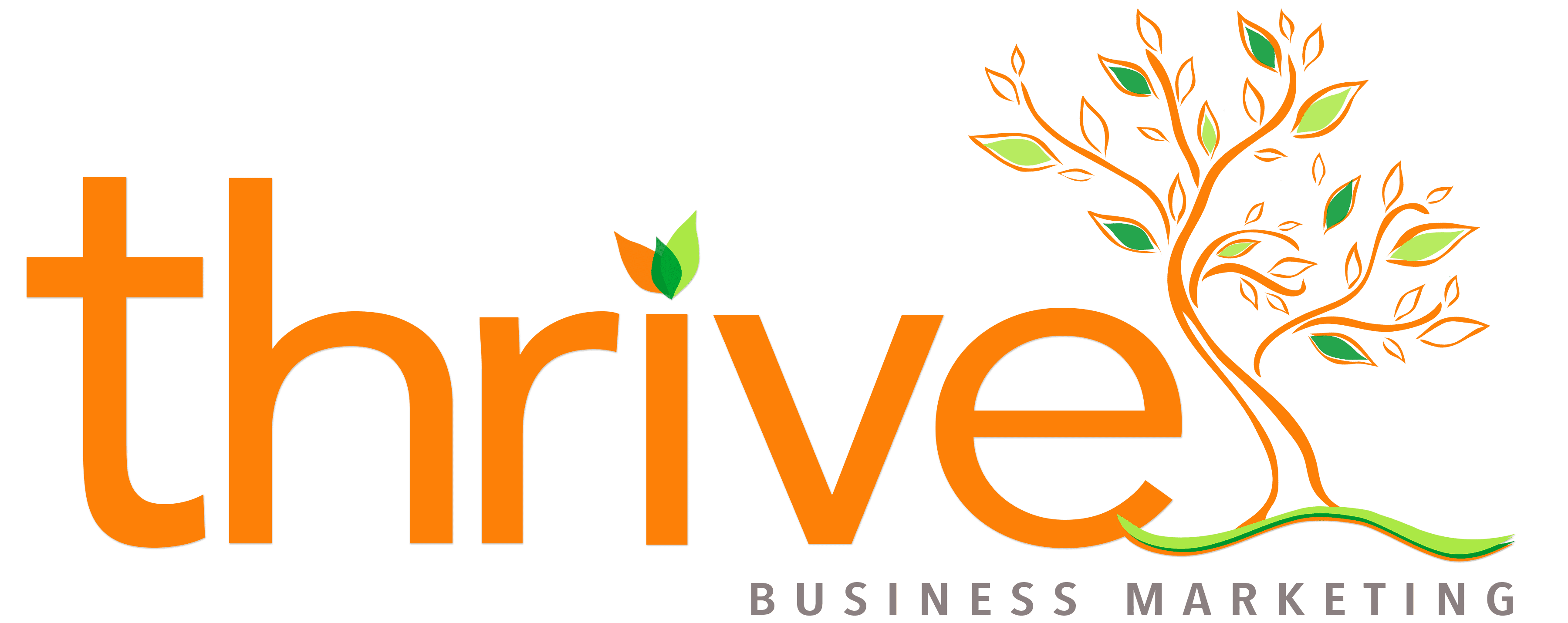 There are times when, for some mobile app developers, they’d be better off burning money than spending it on app install ads.
There are times when, for some mobile app developers, they’d be better off burning money than spending it on app install ads.
Even though those ads may get people to download the app, more than likely, people will stop using that app within a month of downloading. According to Localytics, an app marketing firm, only 42 percent of people who download an app use it a second time within a month of downloading it.
Because of this, Facebook wants to help app developers am their ads at those who are not only willing to install it, but more than likely to do things with it, such as purchase a product, complete a game level, or view content from within the app. The goal of Facebook is to give app developers better long-term results for their app install campaigns.
“One of the biggest problems in the ecosystem is retention and getting high-quality installs. A lot of the advertisers we’ve talked to said, ‘Installs are great, but we really want to get people into our app who are going to be able to help build our business,’” said Facebook product manager Jehan Damji.
Of course, Facebook isn’t the only one trying to help out app developers with app usage. Google even rolled out a similar type of targeting for app developers in May 2016. Advertisers are able to target their Universal App Campaigns, which Google runs across its app store, search results, YouTube and display ad network, to those who would more than likely do specific things in their apps, such as spend a certain amount of money, complete a certain level or play their game a particular number of times.
When you take a general look at the differences between Facebook and Google’s version of app-event targeting, such as Facebook’s version is available worldwide, where as Google is still testing with a limited number of app developers.
Here’s Facebook’s list of app events that advertisers can target against:
- Achieved Level
- App Launched
- Added Payment Info
- Added to Cart
- Added to Wishlist
- Completed Registration
- Completed Tutorial
- Initiated Checkout
- Purchased
- Rated
- Searched
- Spent Credits
- Unlocked Achievement
- Viewed Content
Advertisers can filter their target audiences against any of the app events, but will only be able to use one app event per campaign. This means, as an example, that a game developer that wants to hone in on the Venn diagram of those most likely to complete a level and sign up for a player account are SOL for the time being. Something else an advertiser can’t do is specify parameters for each app event, like a particular product that they want people to purchase, or an individual article or video they want them to take a look at.
In order to offer this sort of targeting, Facebook has applied all the data that has been collected over the years on apps that people install through its ads, as well as the data those apps send Facebook about how people are using them. These advertisers had the option of sending Facebook app events data in order to see how people who install their apps through an ad end up using the app. With this data being cycled back into Facebook, more people can be found who will likely want to install developers apps and use it that way.
The social network giant is also rolling out some other products that is aimed to help app developers get people to install their apps. For the first thing, app developers are able to use Facebook’s iAd-like Canvas mobile ad format for the app install campaigns. secondly, advertisers can retarget people who check out a product on their sites with app install ads aimed at getting them to buy the product in their apps.

